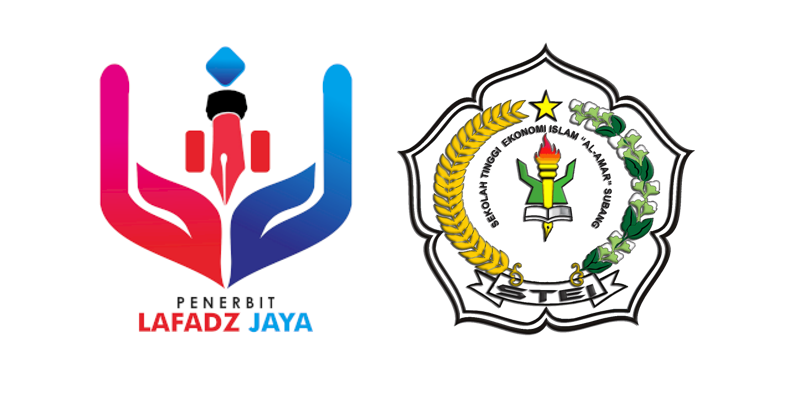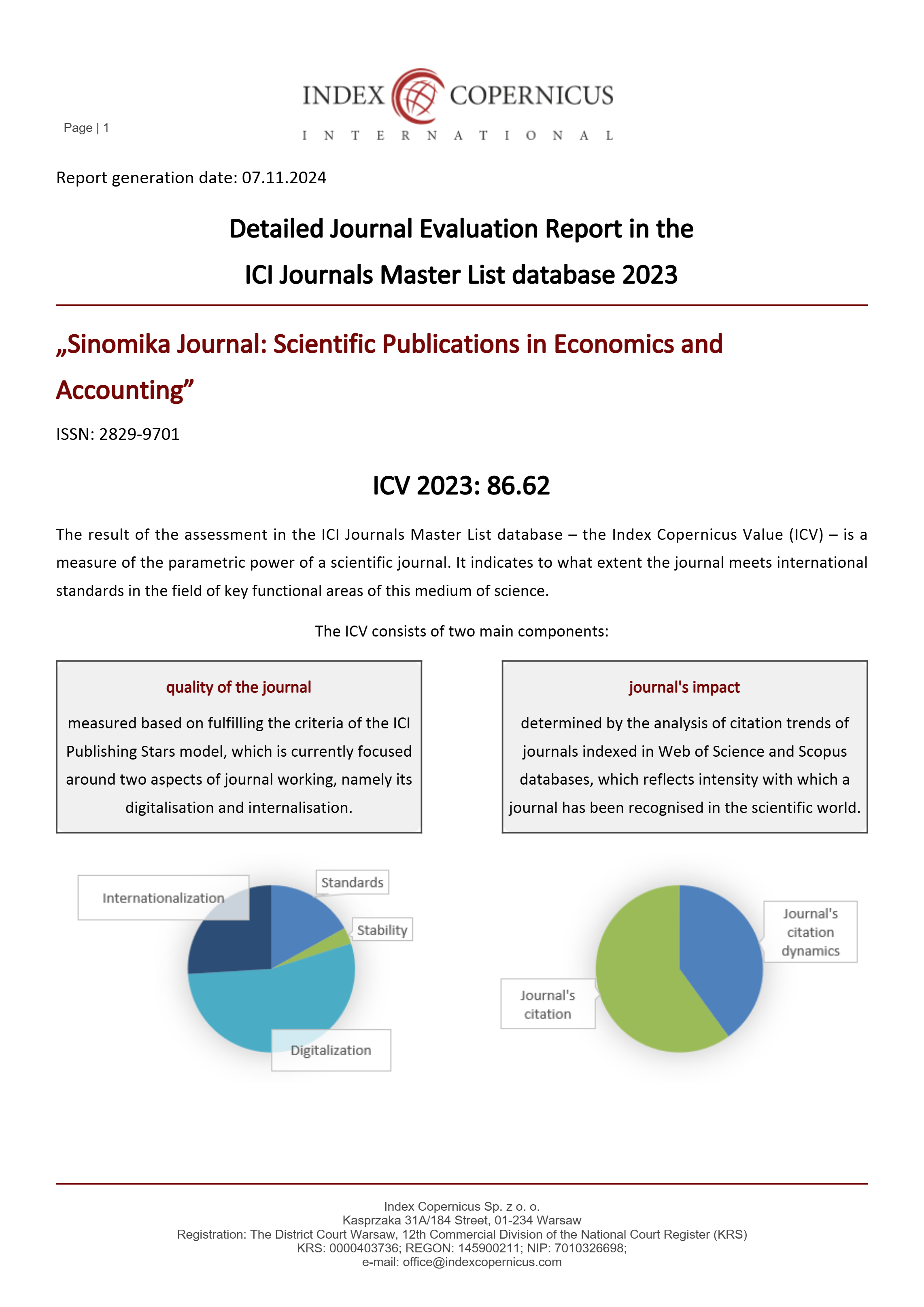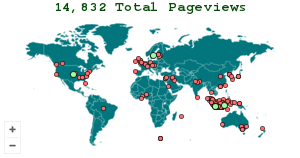Literature Review: Analysis of Factors Influencing Teamwork on Team Performance in Software Development Within the Telecommunication Industry in The Middle East Region
DOI:
https://doi.org/10.54443/sinomika.v2i6.1788Keywords:
Team performance, Software Development, TelecommunicationsAbstract
Software in the telecommunications industry plays a crucial role in developing network systems and providing better services to customers. Software development is a complex activity relying on human commitment. Effective software development requires an experienced team, and the influence of a team in software development within the knowledge-based organization can support software companies to become more innovative and proficient. This research focuses on the Middle East region due to its significance as a center for global events and its sensitivity in strategic, political, economic, cultural, and religious aspects. The aim of this study is to examine the factors influencing team performance in software development within the telecommunications industry. The research method used is a qualitative research method utilizing secondary data sources obtained from various international journals, articles, and previous studies analyzed by the author related to the issues to be examined in this research. Overall, the implications of these findings underscore the importance of human resource management in considering cohesive factors, coordination, communication, mutual support, efforts, and contributions in building an effective teamwork environment.
Downloads
References
Alderfer, C. P. 1987. An intergroup perspective on group dynamics. 1990. Beyond boundary spanning: Managing external dependence in product development teams. J. High Tech. Management Res. 1(2) 119–135.
Brannick, M. T., A. Prince, C. Prince, E. Salas. 1995. The measurement of team process.Human Factors 37(3) 641–651.
Cartwright, D. 1968. The nature of group cohesiveness. D. Cartwright and A. Zander, eds. Group Dynamics: Research and Theory, 3rd ed. Tavistock Publications, London, U.K., 91–109.
Gladstein, D. L. 1984. Groups in context: A model of task group effectiveness. Admin. Sci. Quart. 29 499–517.
Gold, N. (2005). Teamwork: Multi-disciplinary perspectives. New York: Palgrave Macmillan.
Hackman, JR 1987. Desain tim kerja. JW Lorsch, penyunting. Buku Pegangan Perilaku Organisasi. Prentice-Hall, Englewood Cliffs, NJ, 67–102.
Helfert, G. 1998. Team management of business relationships: A framework for effectiveness. H. G. Gemuenden, T. Ritter, A. Walter, eds. Relationships and Networks in International Markets. Elsevier (Pergamon Press), Oxford.
Katzenbach, JR, & Smith, DK (2005). Disiplin Tim. (sampul cerita). [Artikel].Tinjauan Bisnis Harvard, 83(7/8), 162-171
Kozak, Y.Barriersa mendapatkan kinerja tim yang lebih baik dalam proyek perangkat lunak yang tangkas. Universitas Teknologi Chalmers. Departemen Teknik Sipil dan Lingkungan. Swedia, 2013.
Lijan, (2017), Manajemen Sumber Daya Manusia, Bumi Aksara: Jakarta Mangkunegara,A. 2009. Manajemen Sumber Daya Manusia Perusahaan. Bandung: PT.Remaja Rosdakarya
Manzoor, Hafiz, Murad, Zulqarnain. 2011. Effect of Teamwork on Employee Performance.International Journal of Learning and Development 1(1): 110-126.
Mullen, B., C. Copper. 1994. The relation between group cohesiveness and performance: An integration. Psych. Bull. 115(2) 210–227.
Nuraeni, A., Asmiati, A., & Arsyad, M. (2020). The Impact of Trust on Team Performance: A Study on the Healthcare Sector of Pakistan. International Journal of Environmental Research and Public Health, 18(1), 116
Prawirosentono, S. (2012). Management of human resource, employee performance policy, strategy of organization development competitives in era of world free trade . Yogyakarta: BPFE Press.
Downloads
Published
How to Cite
Issue
Section
License
Copyright (c) 2024 Fatmawati A Rahman, Rosmaladewi, St Ramlah

This work is licensed under a Creative Commons Attribution 4.0 International License.

























